The Journey of a Sports Photographer: Tips for Starting and Succeeding
The life of a sports photographer can be incredibly interesting and diverse. You can work with some of the world’s best athletes and have a chance to witness historic events in sports. So how can an aspiring photographer go from just starting out to succeeding in sports?
Passion for sports photography
Of course, the first thing you’d need to ask yourself is: am I truly passionate about this? Naturally it’s fine to give sports photography a try, you don’t have to go all-in from the start. But if you’re seriously considering focusing on sports, you need to ask yourself if this is the thing you want most in the entire world. Also ask yourself: why am I so attracted to shooting sports photos? What’s my inner drive, what am I hoping to get out of this? For me, part of the appeal of sports is working with people who are so passionate about something that they’ll dedicate their entire life to it. They have super clear goals for which they’re willing to make big sacrifices.
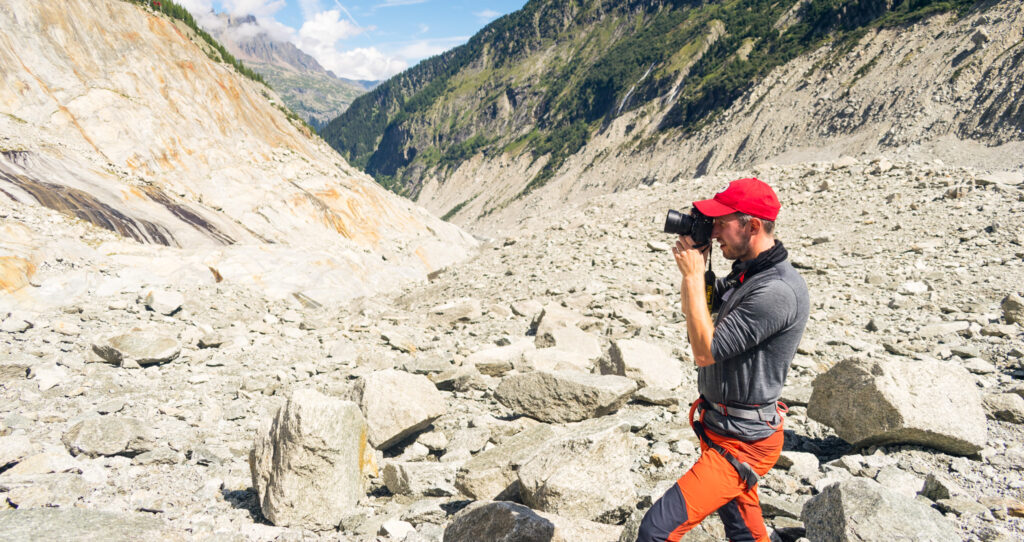
Knowledge of specific sports
Next, you could take stock and see which sports you already know well. Being able to read the game and anticipate certain moments happening is extremely helpful. Shooting a sport you already practiced is great as well. You’ll be familiar with the subculture and all of its unwritten rules. This makes interacting with athletes so much easier.
Myself, I started out shooting bouldering, as I was spending half my time climbing. Starting out shooting my climbing friends in my local gym was such an easy start. This really allowed me to develop my style and experiment.
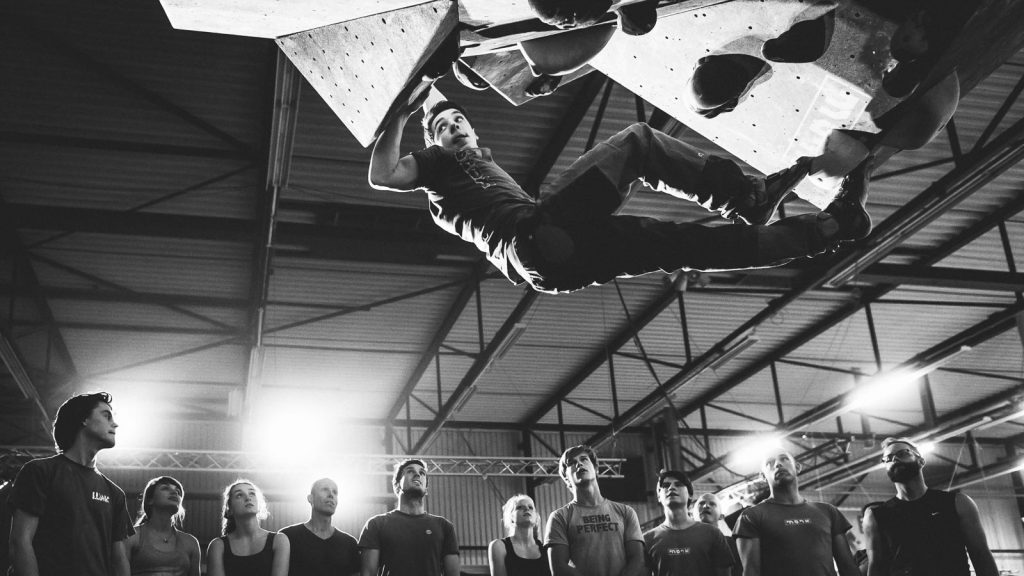
As you develop as a photographer, you’ll automatically become familiar with more sports. You’ll also become good at quickly learning about a sport you haven’t shot before.
Gaining Experience
The one thing I’d focus on as a starting sports photographer is just getting those hours in. There’s the old cliche (apparently now debunked) of putting in 10.000 hours to become really good at something. I’d amend that with shooting 100.000 photos before you are somewhat skilled at a genre of photography. At this point you shouldn’t even be thinking about making a living. I’d really advise you to keep a day job and work on your photography on the side.
Now I was already assuming you have a basic knowledge of photography. Even if you have the basics down though, you need to be constantly improving. Think of lighting, composition, color theory, editing, Photoshop and optimising your workflow. You need to be the architect of your own development, because nobody else will do that for you.
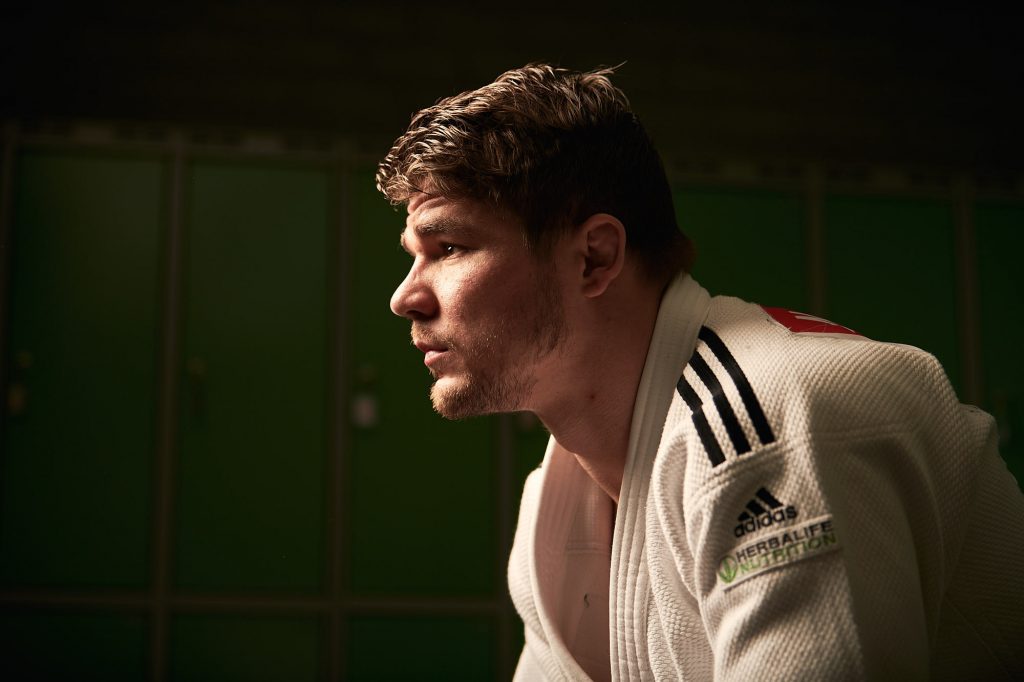
Equipment
Which camera should you get? I can’t answer that for you, and if you ask me it’s not the most important question. What matters most is just getting started and shooting until you hit the limitations of your gear. Believe me, you’ll know when you need to get that new lens or camera.
One thing I’d recommend is also becoming versed at studio lighting. Sports photography covers a wide range of shoots, from capturing action on the pitch to shooting portraits of athletes. It can be very useful to also be able to offer clients studio photoshoots, which is a skill many sports photographers don’t have.

Building a Portfolio
The one thing that will set you apart from other photographers is your portfolio. Building it should be a continuous process that you yourself take the lead in. This means updating it with recent projects for clients. But don’t forget planning your own personal shoots which build your portfolio and showcase skills and styles you haven’t been hired to shoot yet.
There are a million ways you could show your work. Myself, I mainly rely on my website. Some photographers print their work in a portfolio book, but I find it’s hard to keep this up to date.
Your website should only show your very best work. It helps to provide some context with series, so clients can appreciate what you set out to do. The work should be central and diverse. With diverse I mean it should be clear that you have experience and have worked on multiple projects. I wouldn’t recommend mixing different genres of photography – for instance also showing cars or weddings on the same page. Doubling down on a genre, niche and style are great for increasing your chances if you ask me.
Getting Exposure
Now that you’ve developed the skills and built the portfolio, it’s time to have it seen. You need to get it in front of the right people. In sports, the right people would be: sports teams, sports brands, sports media and athletes. Ultimately, these are the people who will either pay you or can help you in your journey.
One way to go about this is to be active on social media, mainly Instagram, TikTok (I’m not there myself) and LinkedIn even. Of course it can really help to build a following of general fans of your work on the platforms. However, remember that ultimately want a very specific set of people. to hire you Followers are great but you need some way to convert them to paying gigs.
One great way to get your work seen by the right people is of course to shoot great work. Incredible stories or images will be be seen. Magazines would be interested and athletes will be excited to share the images on their own social media channels. It pays to go out looking for good untold stories and attend events that could turn out to be historic. My own series on Jonas Vingegaard winning the Tour de France was one of those historic events. One of the photos in this series got me quite a bit of attention and I’m very grateful to have been in the position to capture this shot.

Networking and Building Relationships
I’ll be the first to admit that networking sounds kind of dirty and is not the thing I like most about being a photographer. But in the end the best networking is just making a genuine connection with another human being.
What’s unique about working as a sports photographer is that you’re only targeting a relatively small group of specific professionals in sports. I recommend going on LinkedIn and finding the names of the people in marketing, branding and communications at any brand or team that you want to work with. Next, find some way to connect with these people. It could be social media or sending them an email. If they’re local to your area, country or they travel to see the same events you shoot, you’re bound to run into them at some point. Getting some face to face time goes a long way.
As for athletes, they’re often even easier to connect with. Most athletes – especially those not yet world famous – are always eager to get good photos for their social media platforms. You could send them images you shot at an event, or maybe set up a photoshoot with them during training or for portraits. Same goes for event organizers. Now I’m not recommending you give away your work for free, but a little teaser could help you get your foot in the door.
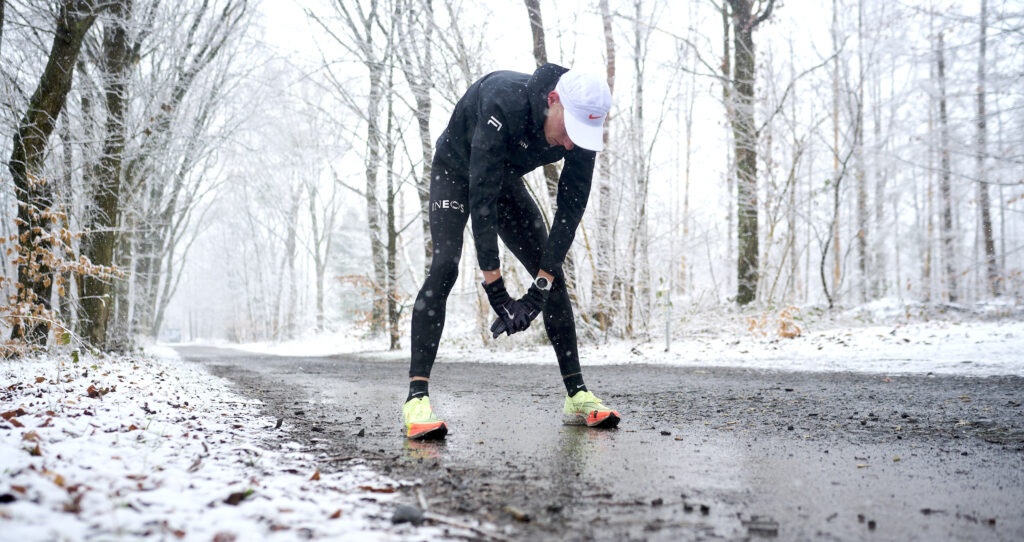
Finally, it’s paramount that you get to know fellow photographers, both in the niche of sports and out of it. They are your support crew, there to help you if you run into technical or creative issues. And you’d do the same for them of course. They can also inspire you, give you feedback and a kick in the butt when you need it.
Professional Mindset
One aspect of being a professional (sports) photographer that doesn’t get enough attention is the first part of it: being a professional. There are so many people able to take beautiful photos, but not everyone can do it for a living. So what does it mean to be a professional?
If there’s one thing that sets apart a professional from an amateur, it’s being reliable. If you’re getting paid for something, you need to deliver. This means you’ll be there, 100%, and you’ll shoot the images you told your client you’d shoot. It’s as simple as that, but you’d be amazed about the experiences some clients have had with photographers not being able to do just this.
Another part of being a professional is being good at clear communication, and planning. A professional has a flexible mindset and is able to improvise when things go differently than expected.
In sports, being a professional also means being able to deal with famous athletes. Specifically, you shouldn’t be starstruck when you get to work with athletes. It’s fine to show some respect for an accomplished athlete, but they’ll immediately sense when you’re basically a fan. You can’t be so nervous that you’re not able to give clear direction during a photoshoot any more.

Working in a sports team also involves fitting in the group, which requires social skills. When you’re not directing but capturing a training or game, you need to have a sixth sense for when to talk and when to be a fly on the wall.
Persistence and Overcoming Challenges
While this all seems pretty straightforward, please be aware that this is a process that will take years. You will run into so many challenges, setbacks and doubts. You will lose clients, mess up gigs and ask yourself if it’s worth pursuing this dream. I know, because I’ve been there.
After graduating from university, I decided to pursue a career as a sports photographer. I had already been working on my photography for a good 3 years at that point. My university buddies were soon all working for multinational companies and bringing in pretty good money. Me? I was still working a job loading suitcases onto airplanes and trying to make my photography hustle work. At some point I was actually loading the suitcases of my buddies on planes as they flew out to Italy for work.
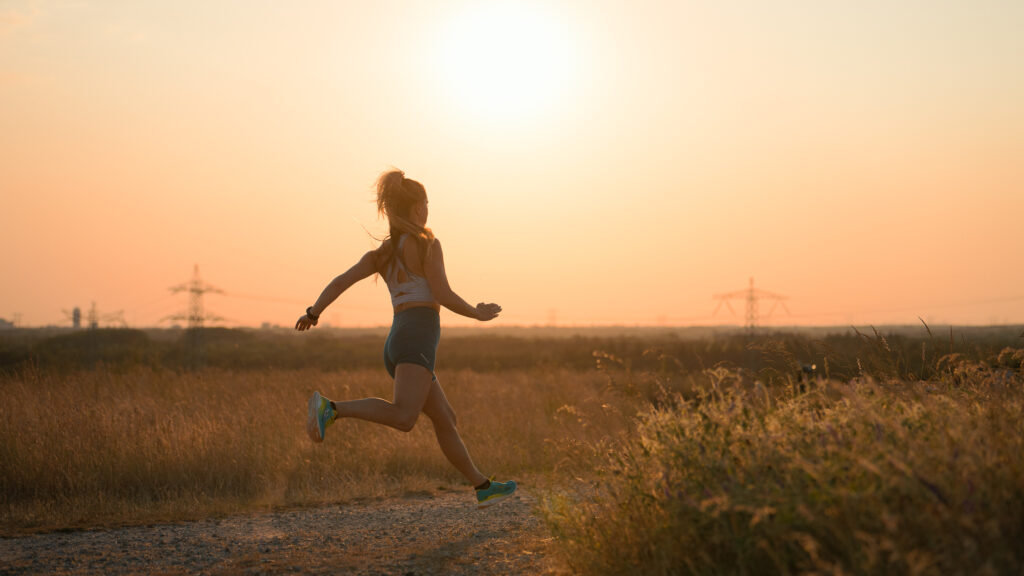
It probably took like five years after I graduated until things took a turn. I landed a couple of ongoing assignments for major teams, and was soon so busy I quit my job at the airport. In fact, now I was the one jumping on planes for work.
I’m not sure if there’s a moral to that anecdote, other than persisting may pay off, but there’s no guarantees. Good thing then that most people will quit when things get tough, so if you’re willing to push on just a bit longer you just may make it somewhere nice.

